The Watershed Restoration Group engages the public in freshwater stewardship and watershed restoration by helping landowners implement best management practices and plant streamside forest buffers. We link research, education, and action on the ground to manage our most precious resource — fresh water.
Watershed Restoration Staff
Watershed Restoration News
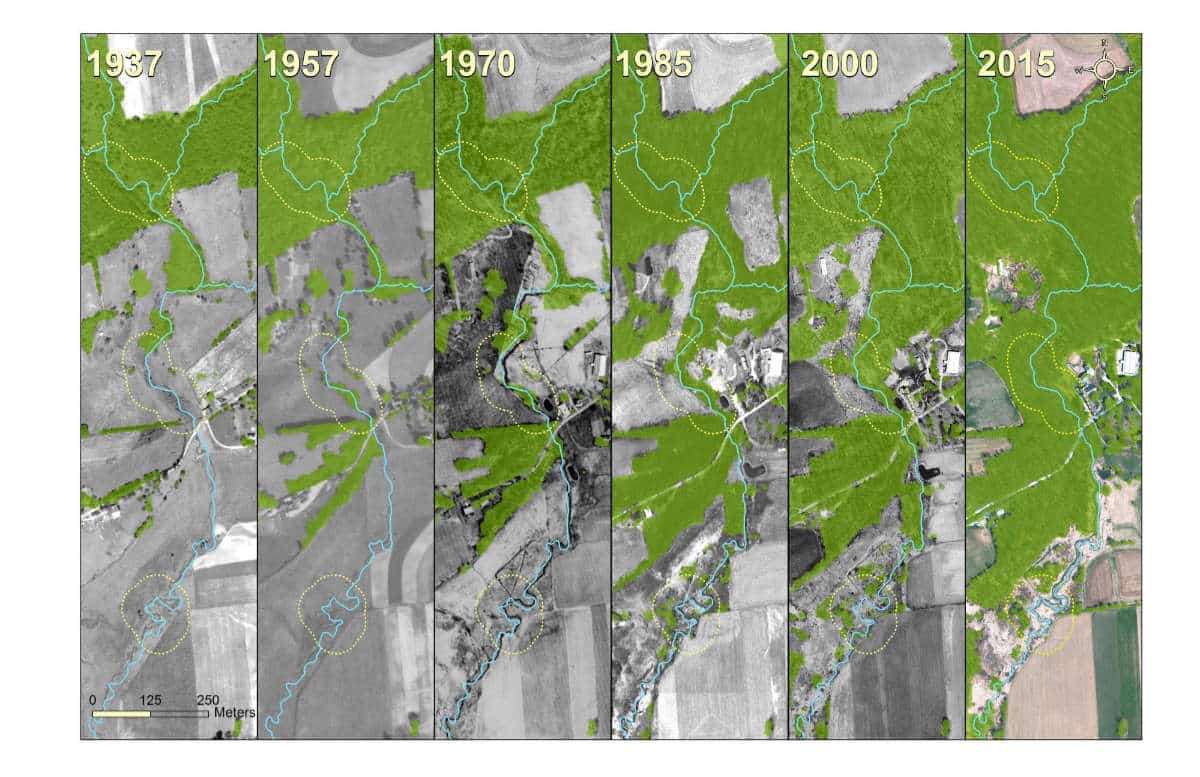
How Data Can Help Win the Fight Against Climate Change
Stroud Center scientists are amassing long-term data on streams and rivers that will help build resilience against the impacts of climate change.
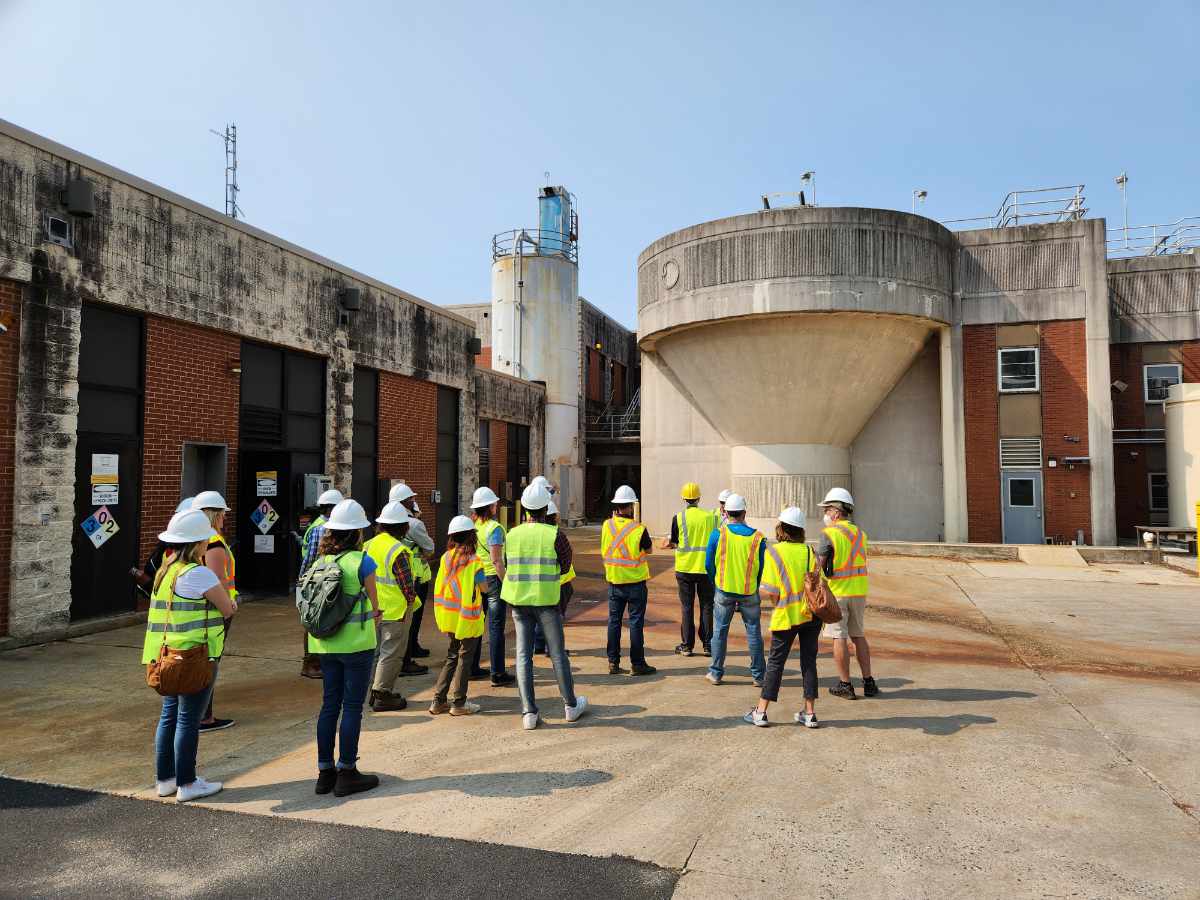
Sharing Our Knowledge of Watershed Restoration
The Stroud Center partnered with volunteers for two tree plantings, spread the word about agroforestry, and helped water professionals learn about soil health and water quality.
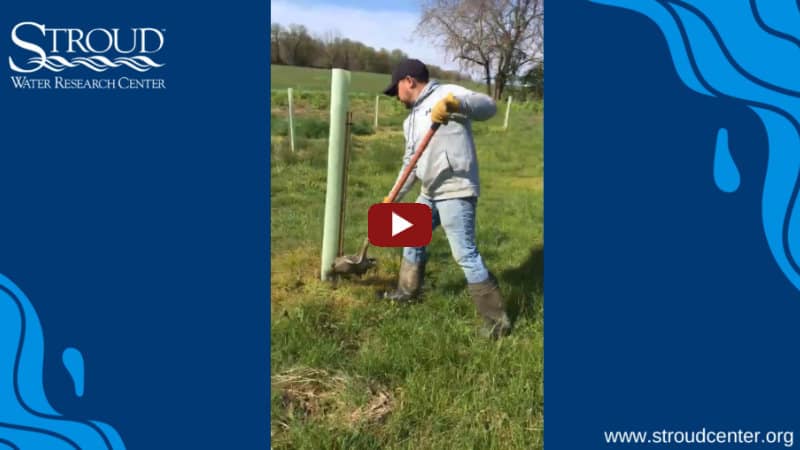
How to Apply Stone Mulch to Protect Sheltered Trees From Rodents
Trials comparing the use of stone mulch versus herbicides for rodent control around young trees suggest that stone is a superior mulch material and that tree survival rates are comparable between the two methods.

How to Plant a Small Containerized Seedling in a Riparian Forest Buffer
Watch step-by-step instructions on how to plant a tree in a riparian forest buffer and protect it from deer, rodents, and flood damage to increase survivability.
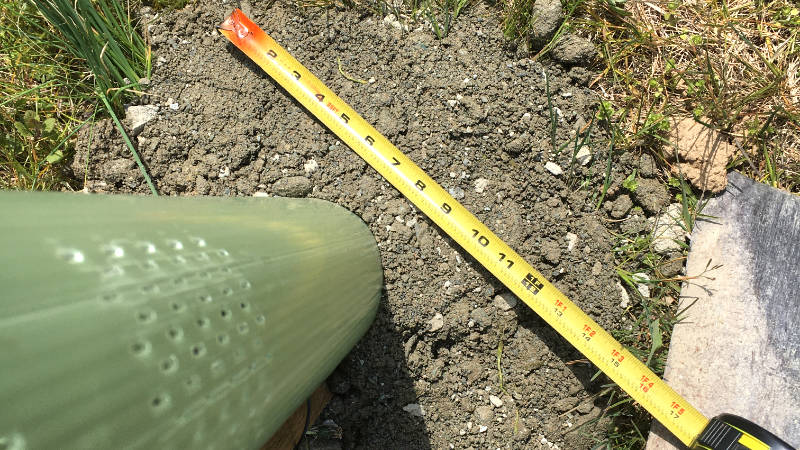
Stone Rivals Herbicides as New Method to Protect Baby Trees From Rodents
During the first five years of growth, young trees need to be protected from chewing — from deer above and rodents below.
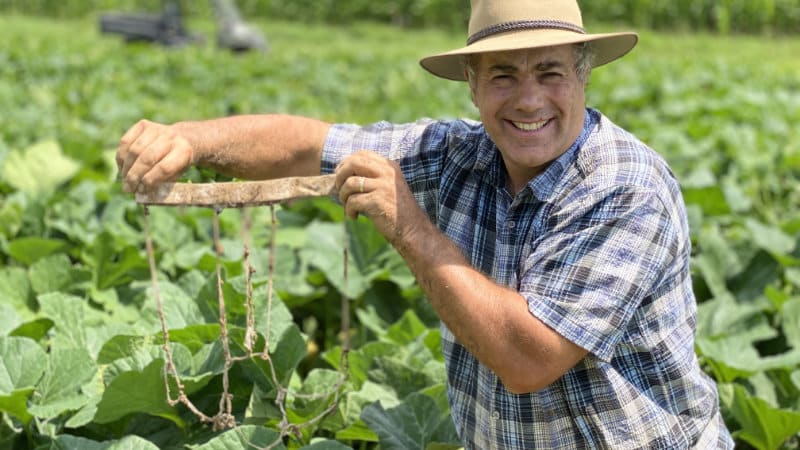
Dirt Diaries: Soil Health Campaign Drives Underwear Digs Across Pennsylvania
For the past two months, the soil life — worms, small insects, bacteria, fungi — has been chomping away at the 100% cotton underwear.









